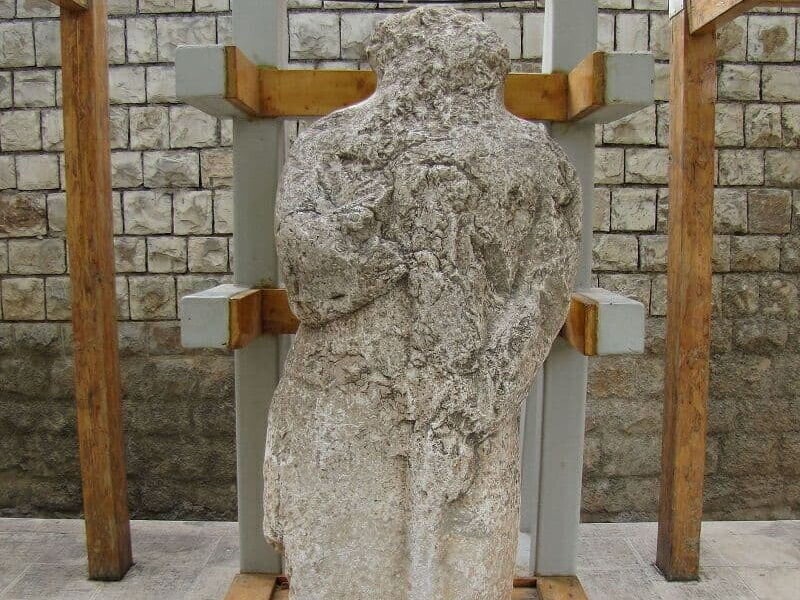Statue of Sassanid monarch Khosrow Parviz made national heritage

TEHRAN – A life-size statue of Khosrow Parviz, who is widely considered as the last great Sasanian king of Iran, has been added to the national cultural heritage list of the country.
Under Khosrow II, byname Khosrow Parviz (“Khosrow the Victorious”), ruling from 590 to 628, the Sassanid empire achieved its greatest expansion. Defeated at last in a war with the Byzantines, he was deposed in a palace revolution and executed.
Khosrow was a serious patron of the arts; silver-working and carpet weaving reached their peak during his reign. Sources tell of the enormous “Spring of Khosrow,” a carpet whose design was a garden. A splendid silver dish in the Bibliotheque Nationale is thought to depict him in the traditional Sasanian royal hunt.
Most authorities attribute to Khosrow II the grottos at Taq-e Bostan (Kermanshah), taking them as evidence of a renaissance of rock sculpture in his reign.
The Sassanid era (224 CE–651) is of very high importance in the history of Iran. Under Sassanids, Persian art and architecture experienced a general renaissance.
Architecture often took grandiose proportions such as palaces at Ctesiphon, Firuzabad, and Sarvestan that are amongst highlights of the ensemble.
Crafts such as metalwork and gem-engraving grew highly sophisticated, yet scholarship was encouraged by the state. In those years, works from both the East and West were translated into Pahlavi, the language of the Sassanians.
Rock-carved sculptures and bas-reliefs on abrupt limestone cliffs are widely deemed as characteristics and striking relics of the Sassanian art, top examples of which can be traced at Bishapur, Naqsh-e Rostam, and Naqsh-e Rajab in southern Iran.
In 2018, UNESCO added an ensemble of Sassanian historical cities in southern Iran -- titled “Sassanid Archaeological Landscape of Fars Region”-- to its World Heritage list.
AFM/
Leave a Comment